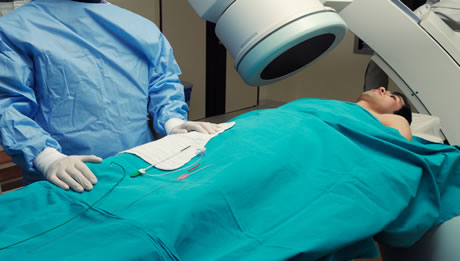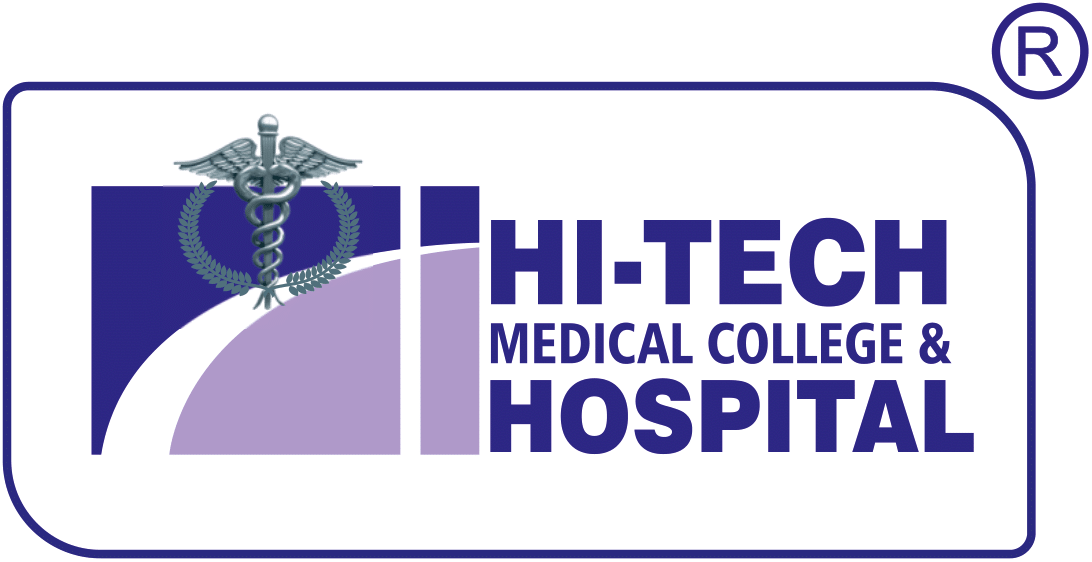
Angiography
Cardilogy
Angiography is a type of X-ray used to check blood vessels.
Blood vessels do not show clearly on a normal X-ray, so a special dye needs to be injected into your blood first. This highlights your blood vessels, allowing your doctor to see any problems. The X-ray images created during angiography are called angiograms.
Angiography is done in a hospital X-ray or radiology department. It usually takes between 30 minutes and 2 hours, and you can usually go home the same day.
Preparing For Angiography:
- being asked about your medical history, including if you have any allergies
- being asked about any medicine you're taking – you'll be told if you need to stop taking it before the test
- having tests to check your general health, including a physical examination and blood test
Angiography Procedure
- you'll usually be awake, but general anaesthetic (where you're asleep) may be used for young children
- a small cut is made in the skin over 1 of your arteries, usually near your groin or wrist – local anaesthetic is used to numb the area so it does not hurt
- a long, thin, flexible tube (catheter) is inserted into the artery and is carefully guided to the area being examined – you may feel some pushing and pulling when this is done, but it should not be painful
- a special dye (contrast agent) is injected through the catheter – you may feel warm, flushed and as though you need to pee for a few seconds after this is done
- a series of X-rays are taken as the dye flows through your blood vessels
Our Key Procedures
Angiography
Embrace change, encourage invention and continually remain at the forefront of advances in oral health for the good of our patients
Read MoreAngioplasty
Demonstrate caring and sensitivity for the diverse backgrounds of our patients and colleagues and generosity in our communities
Read MorePacemaker Implantation
Adhere to high ethical and professional standards, demonstrating commitment to our responsibilities with trust, honesty and respect for all
Read MoreBypass Surgery
Embrace change, encourage invention and continually remain at the forefront of advances in oral health for the good of our patients
Read MoreElectrophysiology Study
Demonstrate caring and sensitivity for the diverse backgrounds of our patients and colleagues and generosity in our communities
Read MoreValve Replacement
Adhere to high ethical and professional standards, demonstrating commitment to our responsibilities with trust, honesty and respect for all
Read MoreDevice Closure
Adhere to high ethical and professional standards, demonstrating commitment to our responsibilities with trust, honesty and respect for all
Read More







